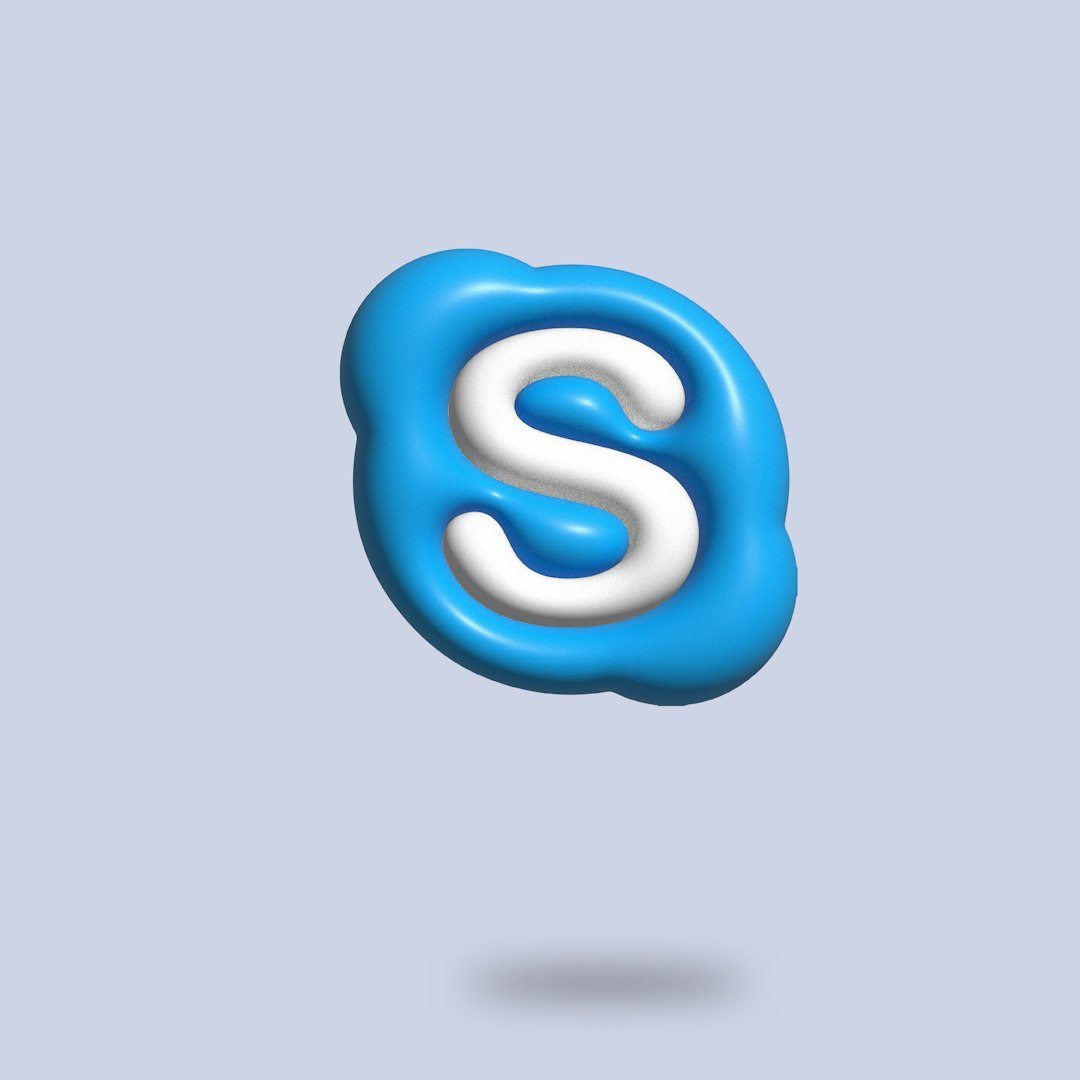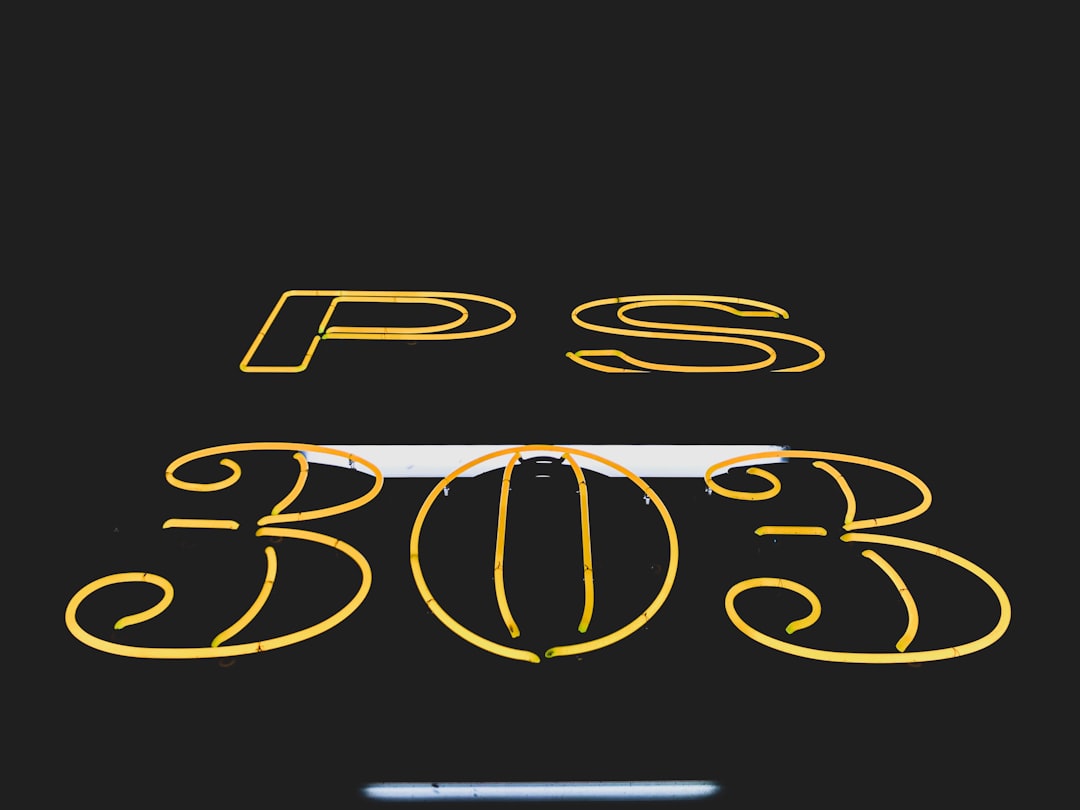Logo files are everywhere — websites, business cards, T-shirts, and even coffee mugs! But did you know that the type of file your logo is saved as makes a huge difference? If you’ve ever tried to open a logo and ended up with either a giant pixel mess or a file your computer doesn’t know what to do with, this guide is for you.
TL;DR: SVG is perfect for crisp, scalable logos on websites and apps. PNG is great for quick use with transparent backgrounds but not ideal for print. PDF is amazing for print and compatible with vector graphics. Knowing which one to use when can save you a headache — and make your brand look awesome.
Meet the Three Logo Titans
There are lots of image file formats. But when it comes to logos, three come up the most: SVG, PNG, and PDF.
Let’s break them down in a fun, easy way.
1. SVG – The Digital Hero
SVG stands for Scalable Vector Graphics. But don’t worry about the techy name. What you need to know is this: SVGs are the superheroes of web-based logos.
- Scalable: You can make them any size—tiny or huge—and they stay sharp.
- Lightweight: The file sizes are small, so websites load faster.
- Editable: You can tweak them easily in programs like Adobe Illustrator or even with code!
- Supports Transparency: Perfect for placing your logo over different backgrounds.
SVG is best for:
- Websites and mobile apps
- Icons and interface graphics
- Animated logos

Bonus cool fact: Because SVGs use code to draw shapes, you can even animate them! That means swirly lines or bouncing logos. Fancy, right?
2. PNG – The Reliable Sidekick
PNG stands for Portable Network Graphics. It may not scale like an SVG, but it has its own powers.
- Supports Transparency: Let the background show through wherever needed.
- Pixel-based (Raster): Built using tiny dots, so it can get blurry when enlarged.
- Easy to Use: Opens on almost any device, without design software.
PNG is best for:
- Social media profiles and posts
- Email signatures
- Presentations and quick sharing
Be careful: If you stretch a PNG too much, it gets fuzzy and pixelated. Always use the correct size for the platform you’re sharing on.
3. PDF – The Print Powerhouse
PDF stands for Portable Document Format. It’s not just for resumes and invoices. PDF logos are perfect for anything printed.
- High Quality: Can contain vector graphics, so printed logos stay sharp.
- Easy to Share: Works across all platforms. Open it on a PC, Mac, phone — whatever!
- Editable: Designers can open and tweak PDFs in software like Illustrator.
PDF is best for:
- Business cards and flyers
- Banners and billboards
- Shirt designs or anything that gets printed
Quick tip: Always ask your designer for a PDF version of your logo if you plan to print anything big or important.
So… Which Should You Use?
Here’s a quick guide to help you pick the right file every time.
- Want to use it on a website? Go SVG.
- Need to post it on social media fast? PNG is your pal.
- Sending it to a printer? PDF is the winner.
Still unsure? Ask your designer for all three versions. Then you’re ready for anything!
Why Vector vs. Raster Matters
This is the big difference between PNG and the other two. SVG and PDF (when saved correctly) are vector files. PNG is a raster file.
What’s the difference?
- Vector: Uses math and lines to draw the image. Infinite zoom, no blurriness.
- Raster: Made of pixels. Great at original size, gets fuzzy when enlarged.
Think of vector like a Lego spaceship — you can rebuild it any size. Raster is like a photo — try to stretch it, and it breaks.
Logo Tip Time!
Here are some simple logo survival tips:
- Always save your original files. You’ll need them later!
- Keep different versions for different uses (black and white, with tagline, different sizes).
- Organize them well in folders, like ‘For Web’, ‘For Print’, and ‘Social Media’.

Final Thoughts (With Style!)
Logos are like superheroes. But even Batman needs the right tool from his utility belt. Each format — SVG, PNG, or PDF — has its moment to shine.
- SVG is sharp, light, and ready for screens.
- PNG is helpful, transparent, and works everywhere.
- PDF is strong, mighty, and built to print.
Now that you’re armed with logo knowledge, go be the hero your brand deserves!

